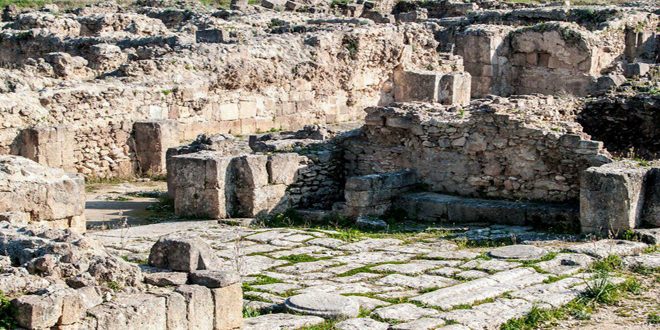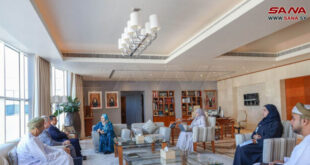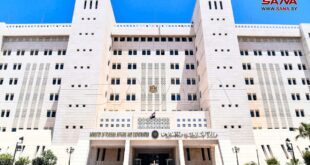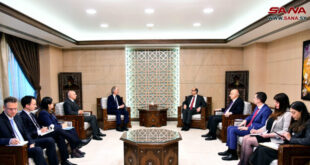Damascus, SANA- Ugarit occupies a significant position on the map of the ancient civilizations in the Middle East and its discovery in the first quarter of the twentieth century is considered as one of the most important events of the archeological studies which have changed the archeological map as it has been the most ancient archeological kingdom throughout the decades.
Ugarit City is one of the most important Syrian cities and kingdoms as it has enriched the human civilization in general and in the region in particular.
“The Phoenician countries didn’t unified in a single state at all as each one of them had lived its own political life and throughout history, Ugarit was considered the most important of them,” Researcher Mohammad al-Mohammad al-Hussein says.
“By the end of the third century, Ugarit has become an important trade center as it flourished and it used to embrace many trade hubs and palaces,” al-Hussein adds.
In the 14th and 13th centuries, the city reached a significant level of architectural development.
Documents which have been unearthed in the city during the excavations indicated that the economic and social systems in the city were distinguished as most people used to plant grains and grape.
The city also flourished as a trade center as it used to be a trade hub in which the trade convoys coming from different parts of the world meet.
Al-Hussein added that the archeological finds in the city show that it used to enjoy an original culture in all the domains of literature, art and writing, indicating that the Ugaritic literature used to handle social and mythological issues.
He pointed out that there are a lot of the architectural monuments which have been discovered in Ugarit such as the northern palace, the southern palace and a lot of the temples such as Baal Temple, in addition to archeological coins and stone-made utensils.
Al-Hussein said that one of the surprises which have been hidden by the Ugaritic archeological edifices are the cuneiforms which are written in the Sumerian language.
He added that the archeological excavations are continued at the archeological city to unearth more treasures of our deep-rooted civilization as Syria embraces the first culture which dates back to thousands of years ago.
Ruaa al-Jazaeri
 Syrian Arab News Agency S A N A
Syrian Arab News Agency S A N A







